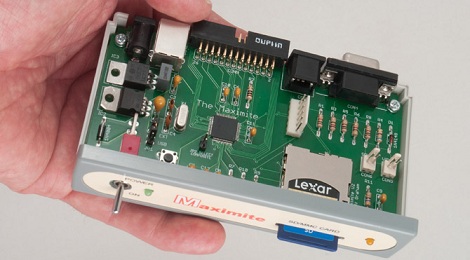
[Tim Hunkin], builder extraordinaire and host of The Secret Life of Machines is a bit frustrated with the current economic climate and decided to take out his frustrations with a game of Whac-A-Banker.
[Tim]’s version of the classic Whac-A-Mole game uses tiny air cylinders to actuate five banker figurines up and down. The figures were cast with polyurethane and are reportedly holding up well. The cabinet is really interesting. When the game isn’t being played, a really boring front panel is displayed. After inserting a few coins, the panel drops into the machine to show the fun and exciting scoreboard.
If you’re ever around Suffolk, England, you can check out the Whac-A-Banker and a lot of other [Tim Hunkin] creations at the Southwold Pier. Thanks [John] for sending this one in. Yes, we did get The Secret Life of Machines in the states on the Discovery Channel, but it has been replaced with shows about trucking. Here’s an archive of the entire series for your viewing pleasure. Kiss your evening goodbye.
















